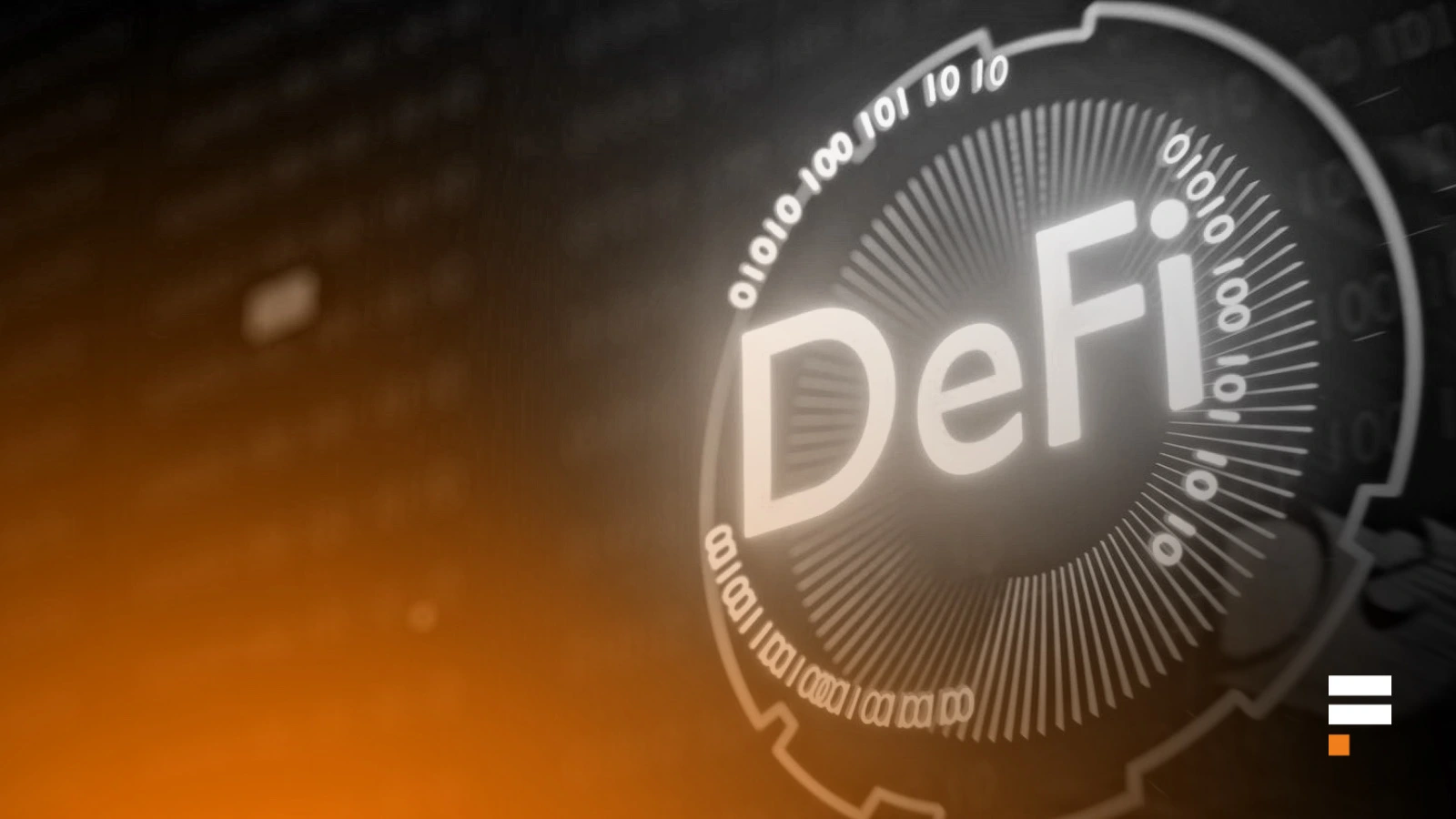Your cart is currently empty!
What is DeFi and How Does It Work? A Complete Beginner’s Guide
Last updated on

In this article, we will explore What is DeFi and How Does It Work, breaking down its fundamentals, benefits, risks, and how you can get started. Whether you’re new to decentralized finance or looking for a clearer understanding, this guide will provide a simple yet comprehensive overview. 🚀
What is DeFi? 🤔
DeFi, or Decentralized Finance, refers to a financial ecosystem built on blockchain technology that eliminates intermediaries like banks and brokers. Instead, DeFi leverages smart contracts on blockchain networks, mainly Ethereum, to facilitate financial transactions in a trustless and transparent way.
Key Features of DeFi
- Decentralization: No central authority controls the system.
- Transparency: Transactions are publicly recorded on the blockchain.
- Accessibility: Anyone with an internet connection can participate.
- Interoperability: Different DeFi applications can interact seamlessly.
- Security: Transactions are secured through blockchain technology.
How Does DeFi Work? 🏦
DeFi operates using blockchain technology, primarily Ethereum, to provide decentralized financial services. Here’s how it works:
- Smart Contracts: These are self-executing contracts with predefined conditions, eliminating the need for intermediaries.
- DeFi Applications (DApps): Platforms like Uniswap, Aave, and MakerDAO offer lending, borrowing, and trading services.
- Liquidity Pools: Users can provide liquidity to DeFi platforms in exchange for rewards.
- Stablecoins: Cryptocurrencies pegged to fiat currencies, such as USDC and DAI, to reduce volatility.
- Yield Farming & Staking: Investors can earn passive income by locking their assets in DeFi protocols.
How DeFi Differs from Traditional Finance 🏛️
| Feature | DeFi | Traditional Finance |
|---|---|---|
| Control | Decentralized | Centralized (Banks, Govts) |
| Accessibility | Open to all | Restricted (KYC, location) |
| Transparency | Public ledger | Limited access to records |
| Fees | Lower costs | High transaction fees |
| Trust | Trustless (Smart Contracts) | Requires intermediaries |
Advantages & Risks of DeFi ⚖️
✅ Advantages
- Permissionless Access: No need for a bank account.
- Higher Yield Opportunities: Users can earn interest through staking and yield farming.
- Censorship-Resistant: No government or entity can freeze your funds.
- Fast Transactions: No waiting times like in banks.
⚠️ Risks
- Smart Contract Vulnerabilities: Bugs in code can lead to hacks.
- Scams & Rug Pulls: Some DeFi projects turn out to be fraudulent.
- Regulatory Uncertainty: Governments are still figuring out DeFi regulations.
- High Volatility: Crypto prices fluctuate, impacting investments.
Getting Started with DeFi 🚀
- Get a Crypto Wallet: Use MetaMask, Trust Wallet, or similar.
- Buy Cryptocurrency: Purchase Ethereum (ETH) or other crypto.
- Choose a DeFi Platform: Platforms like Uniswap, Aave, and Compound are popular choices.
- Secure Your Investments: Enable two-factor authentication and use a hardware wallet for extra security.
- Start Small & Learn: Invest a small amount and gradually explore DeFi protocols.
Best DeFi Platforms in 2025 🌍
- Uniswap (Decentralized Exchange)
- Aave (Lending & Borrowing)
- Curve Finance (Stablecoin Swaps)
- MakerDAO (Stablecoin Lending)
- Compound (Interest Earning)
For a more detailed overview of DeFi platforms and their functionalities.
Conclusion 🏁
DeFi is revolutionizing the financial world by offering decentralized, transparent, and accessible financial services. Understanding What is DeFi and How Does It Work can help you navigate this new financial frontier, whether you’re an investor, trader, or enthusiast. While DeFi presents incredible opportunities, it’s essential to stay informed about potential risks and secure your investments. Ready to explore the future of finance? 🚀




Leave a Reply